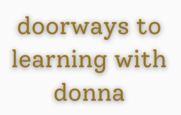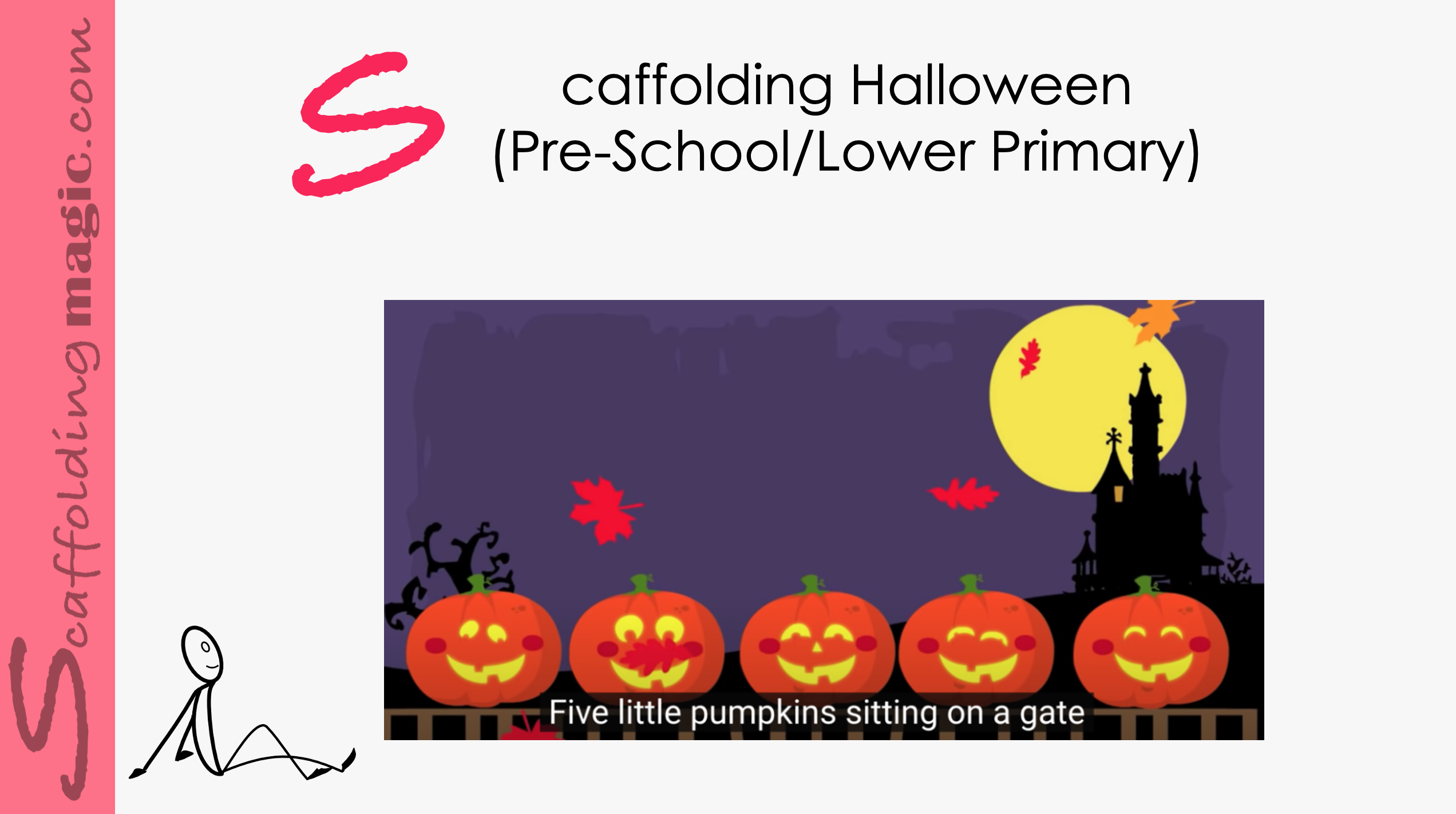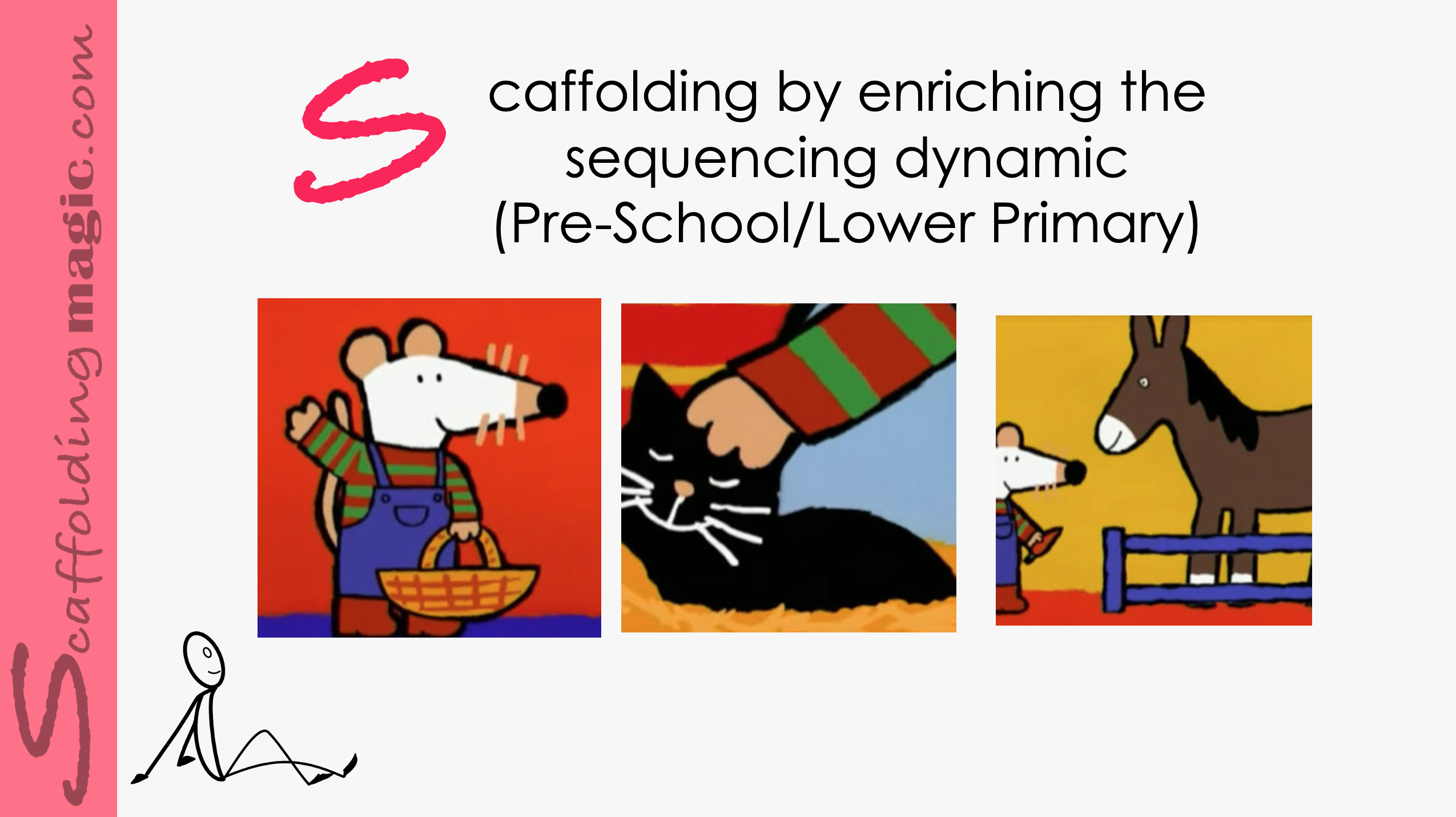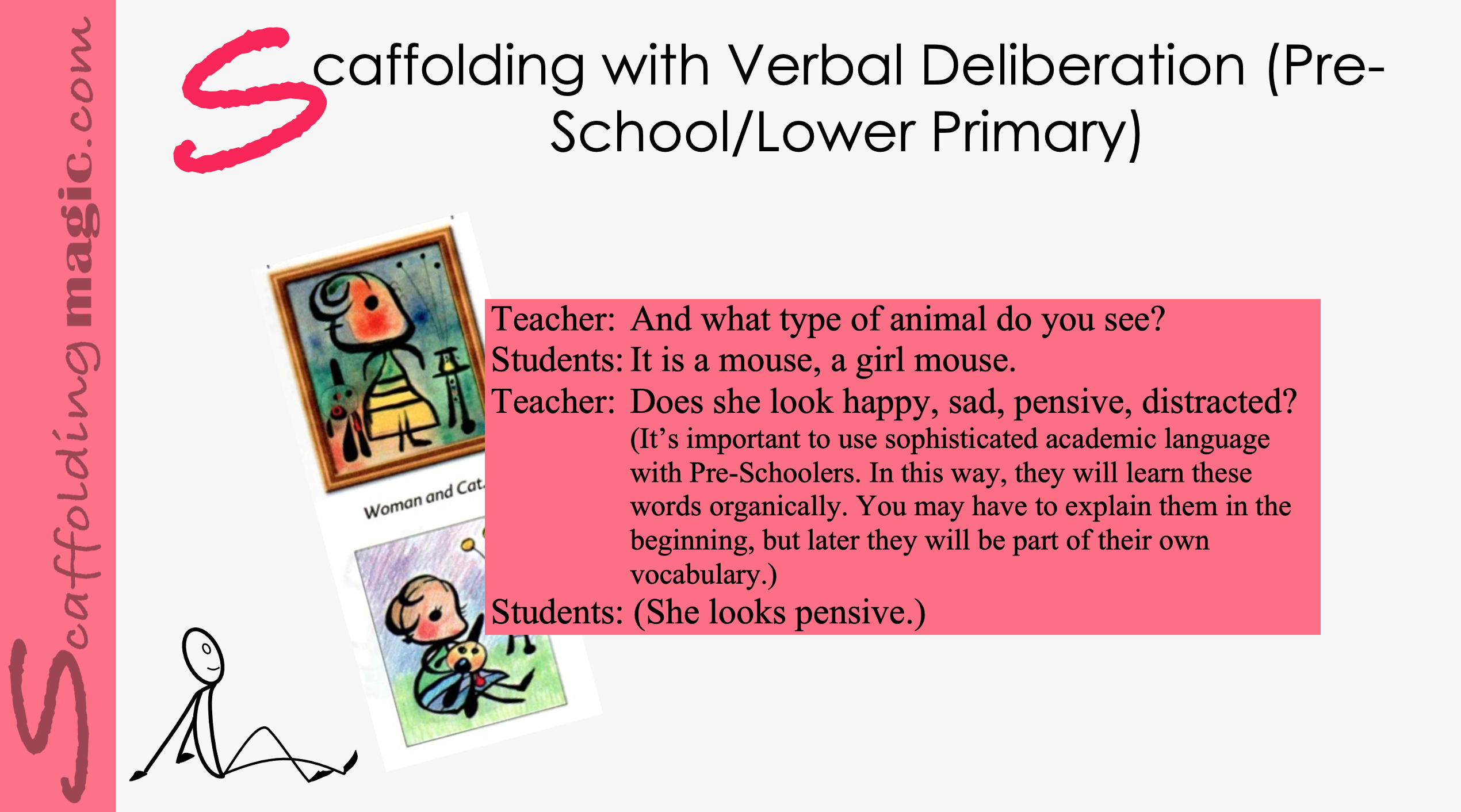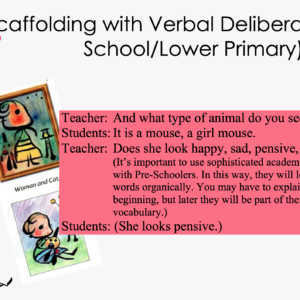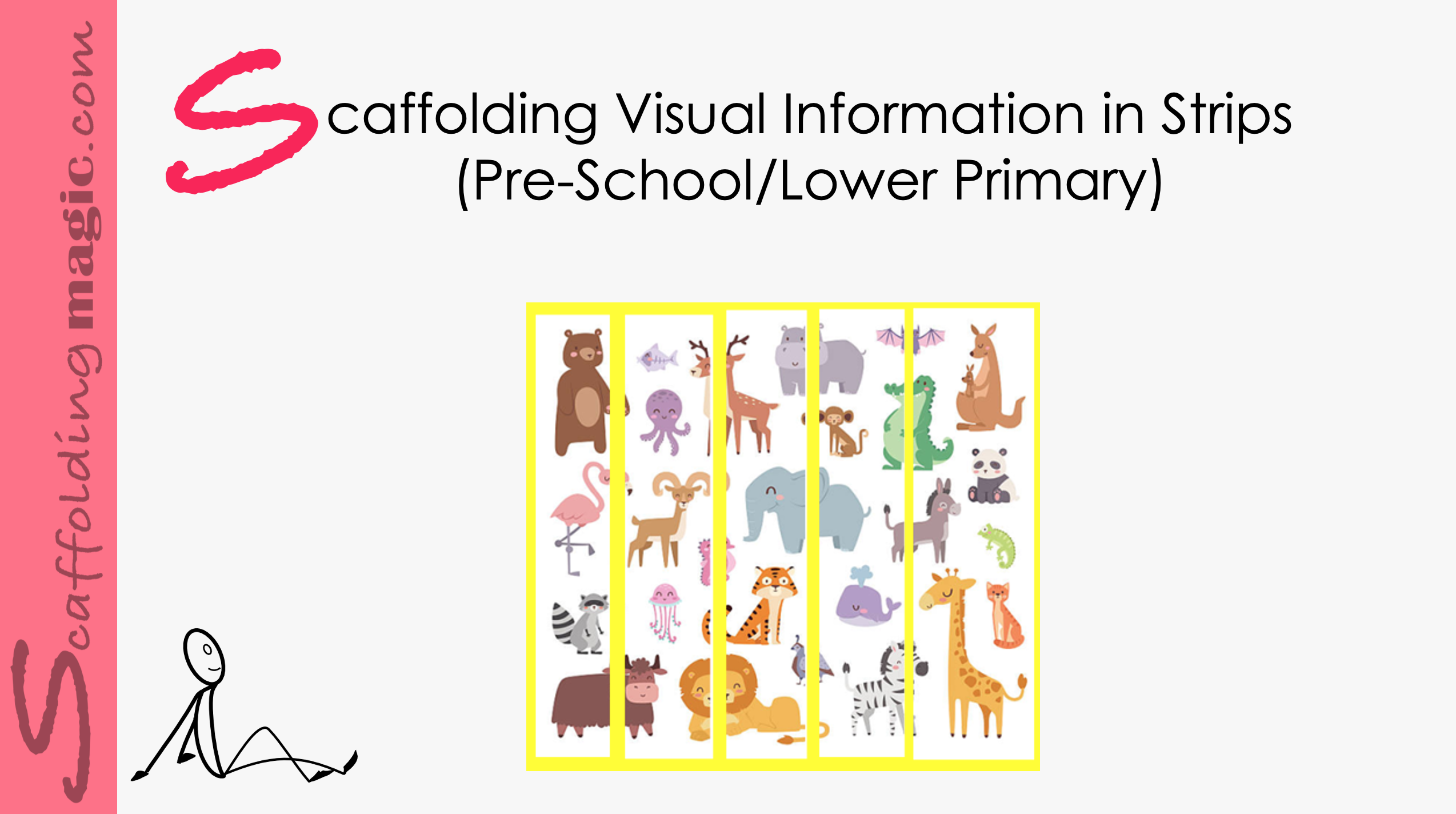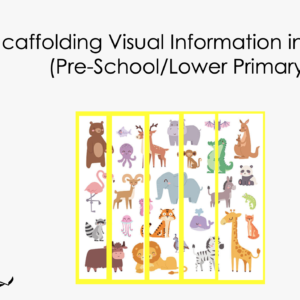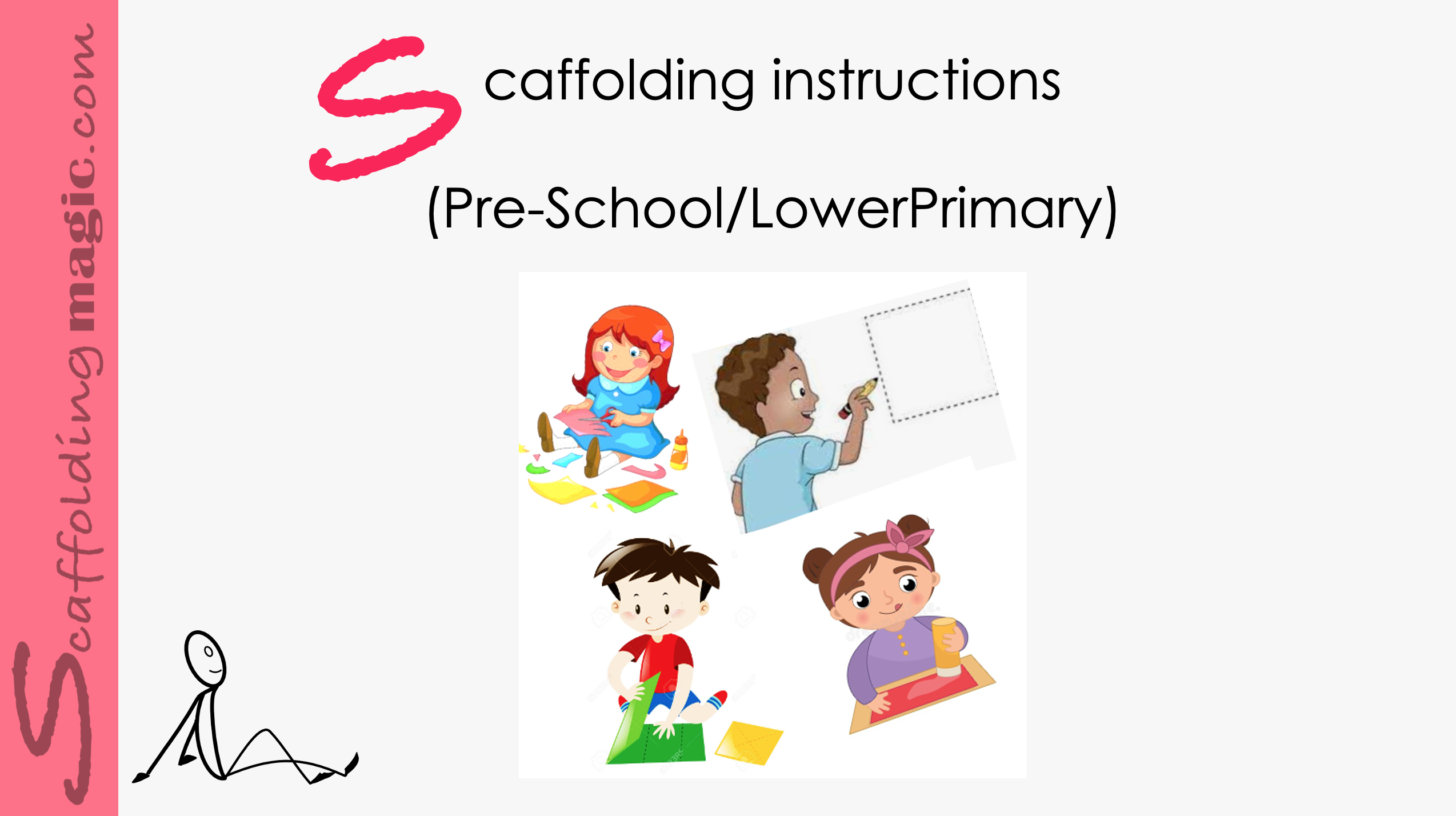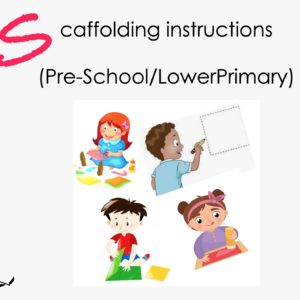Pre-School/Lower Primary Scaffods
Scaffolding Halloween (Pre-School/Lower Primary)
$5.00
Students don’t develop number sense by accident or even as a side effect of engaging in informal activities such as puzzles or songs – even those that, on the surface appear to be related to math. Experts insist that although every child can learn number sense, not every child will unless they intentionally and systematically participate in activities that promote the skill. This scaffold focus on that and so much more.
Students don’t develop number sense by accident or even as a side effect of engaging in informal activities such as puzzles or songs – even those that, on the surface appear to be related to math. Experts insist that although every child can learn number sense, not every child will unless they intentionally and systematically participate in activities that promote the skill. This scaffold focus on that and so much more.
